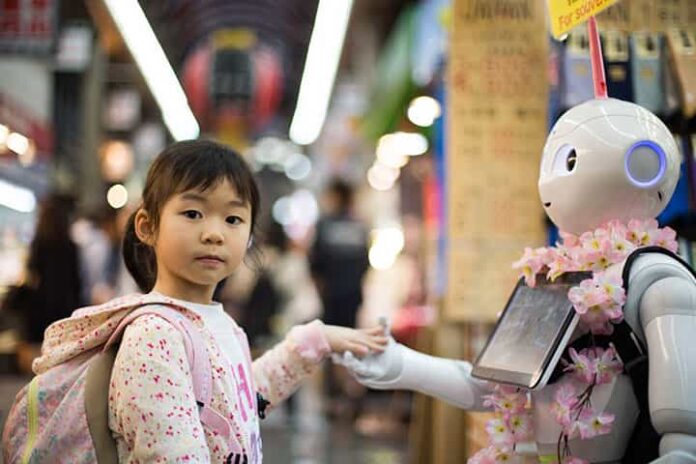Robots have become enormously important in almost every sector. The human employees of a company, in particular, appreciate the use of a robot. This is not only due to the ease of work alone. Using a robot has a number of positive aspects. Thanks to their fast, uncomplicated and careful way of working, they can take on a large number of complex and demanding work processes.
Who was responsible for the Robot’s Impressive Innovation?
The German engineer Joseph Engelbert had the goal of inventing the machine that not only makes people’s work easier but can also take some of it off the ground. Behind this basic idea lies the idea that led to the invention of the robot. Nowadays, when we think of the helpful and at the same time well-known articulated arm robot, very few of the two engineering geniuses Engelbert and Devol come to mind. The American George Devol and the German Joseph Engelbert worked on the complex concept of a robot for several years. In 1954 they finally achieved their breakthrough.
Together they developed the very first robot. It has distinctive electronics that could even be programmed individually. In the same year, George Devol applied for a patent for an individually programmable robotic arm. The collaborative robotic arm still has the basic structure that Devol and Engelbert developed. At that time, however, the robot could not be brought onto the market because the financial means were insufficient for mass production. Joseph Engelbert supported Devol with his physical background knowledge.
He was mainly responsible for the design and subsequent manufacture of the first robot. Joseph Engelbert put all his heart and soul into this project. Because of this, the name was given to him as the father of modern robotics. The final work of the engineers was presented just five years later. This was a well-known hydraulic robot. It could be programmed and controlled in a completely uncomplicated way using its built-in magnetic drum. Because of this excellent control, it was possible for him to carry out more than 200 different work processes. This first robot was then used at General Motors.
Also Read: 6 Ways Technology Is Changing The Way We Live
What tasks can a Robot actually take on?
A robot can be used in a very wide range of applications. Its use not only serves to make work easier for the human employee but is also characterized by the following properties:
- It can be used under extreme circumstances such as extreme temperatures
- Deployments in deep-sea research, in space or in space travel are difficult for humans, which is why the robot takes over them
- Work processes that are associated with harmful or toxic substances such as chemicals or paints are also taken over by the robot
The robot can be used unconditionally in the situations listed. A work assignment by a human employee would be associated with a certain health risk. In addition, robots are also increasingly used in the heavy metals industry. They take over any welding work or painting. In these work processes, the robot inspires not only with its speed but also with the greatest care and accuracy. However, there are quite a few jobs that robots cannot take over. This can have very different reasons:
- Work units that are focused on detailed work
- When a work process is subject to the greatest individuality and only has to be carried out once
A robot is ideally suited for mass production. However, not for the production and manufacture of individual components or parts. If it is a so-called special order, it is in most cases not suitable for a robot. Since this must be reprogrammed for the individual order. This is very time-consuming. For this reason, the use of human employees is more suitable.
Robots inspire because of their many positive properties. In addition, they make a significant contribution to making work easier. As a result, there is no monotonous work behavior among human workers.


